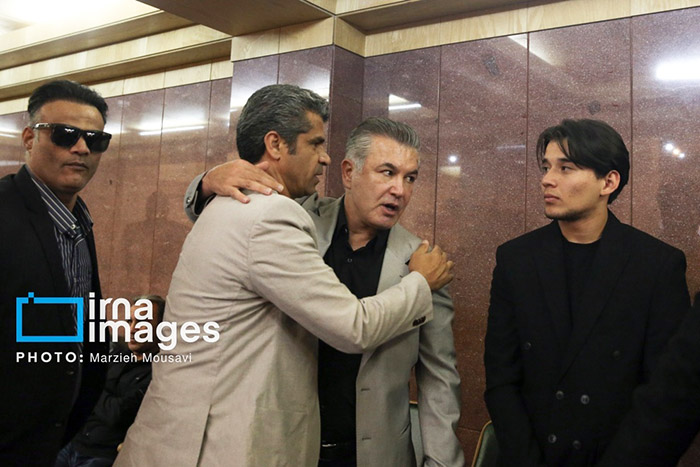The Build-up: Optimism and Expectations
Leading up to the crucial second-leg match at the MCG, there was a palpable sense of optimism surrounding the Australian camp. The first leg in Tehran had ended in a 1-1 draw, giving the Socceroos a slight advantage heading into the home match. Iran’s equalizing goal in Tehran, scored by the dangerous Khodadad Azizi, was a blow, but Australia still felt confident in their ability to finish the job at home.
Under the guidance of former England and Barcelona manager Terry Venables, Australia had looked like a team on the rise. Venables, who had been appointed as head coach in 1996, had brought a new level of tactical sophistication and professionalism to the Socceroos. His reputation as a top-level coach, combined with the emergence of a talented generation of Australian players, had raised expectations to unprecedented heights.
Australia’s squad for the Iran match was considered one of the best the country had ever produced. Harry Kewell, then just 19 years old, was already showing the kind of flair and attacking prowess that would later make him a Premier League star at Leeds United and Liverpool. Mark Viduka, a powerful and skillful striker, was also a rising star. The team’s core was made up of experienced players like Paul Okon, Robbie Slater, and Alex Tobin, providing a balance of youth and maturity.
The match against Iran was widely seen as Australia’s best chance to return to the World Cup, and the anticipation leading up to the game was immense. With over 85,000 fans packing the MCG, the atmosphere was electric, and the Socceroos were ready to take the final step toward qualification.

